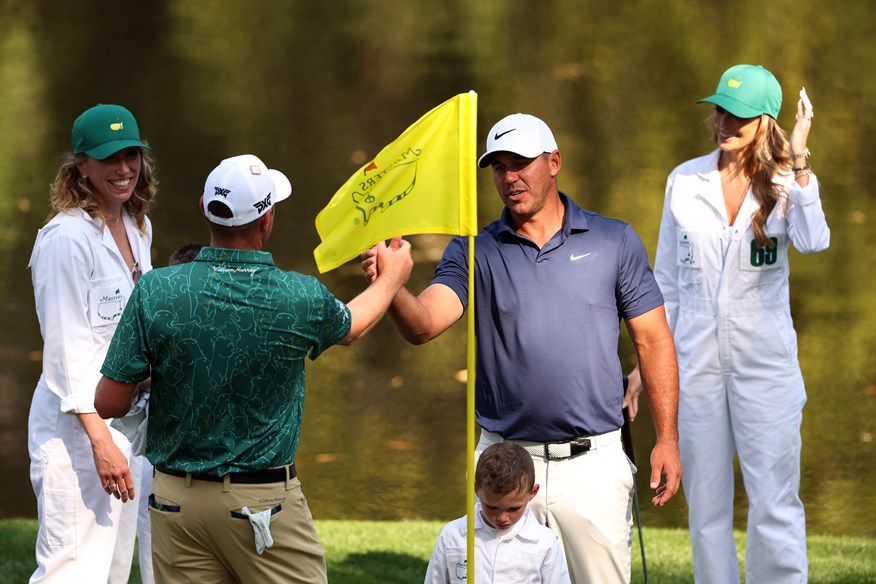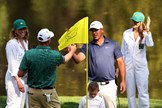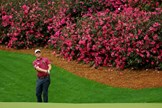Why no one wants to win the Masters Par 3 Contest
Published:
Winning is the goal in every golf tournament – except for one. At Augusta National’s Par 3 Contest, history suggests that victory is a kiss of death for a player’s Masters chances. But why?
The Masters Tournament Par 3 Contest has been around since 1960. It’s a fun curtain-raiser played on the Wednesday afternoon, before the serious action gets underway the following morning.
It takes place on a nine-hole par-3 course with holes ranging from 90 to 155 yards.
Jimmy Walker holds the course record with the round of 19 (-8) he shot in 2016, which included a hole-in-one on the 2nd hole.
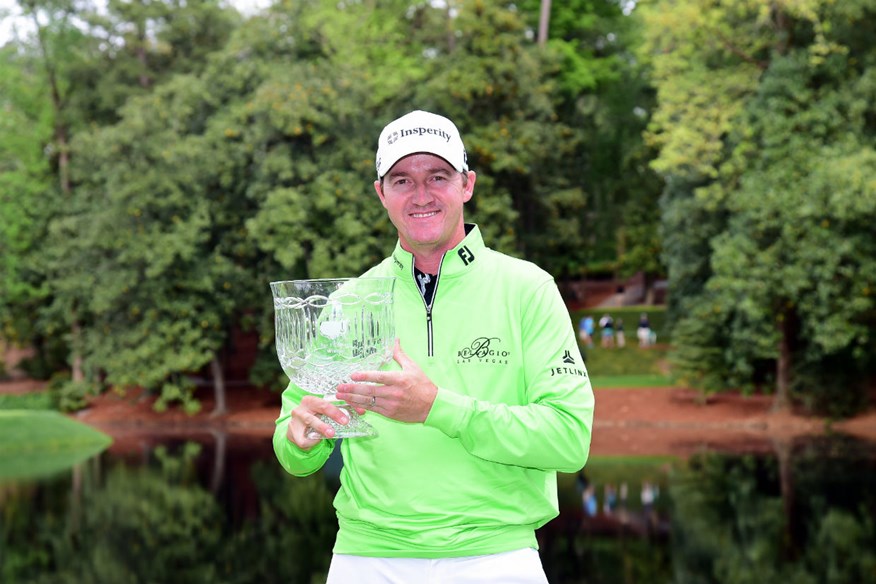
Logic suggests that starting Masters week with a win would be a nice confidence boost. But, at Augusta, logic doesn’t always apply – especially when it comes to the Par 3 Contest.
In fact, the Masters Tournament Par 3 Contest might be the only tournament in golf that no one wants to win.
The Masters Par 3 Contest Curse
The reason? Nobody has ever won the Par 3 Contest and gone on to win The Masters in the same week. Golfers are superstitious creatures and that trend alone means most would rather not see their name atop the Par 3 Contest leaderboard.
The so-called “curse” may actually be worse than most people think. Not only has no one won both events in the same week, only two golfers have won the Par 3 Contest and then gone on to win the Masters at any point afterwards. And one of those, Ben Crenshaw, was already a Masters champion when he won the Par 3 Contest. He picked up his first Green Jacket in 1984, won the Par 3 Contest in 1987, and won his second Masters in 1995.
Vijay Singh is the only golfer in history to win the Par 3 Contest, which he did in 1994, and then go on to win The Masters for the first time – his first and likely only Masters title coming in 2000.
But even Green Jacket owners need to be careful. Several multiple Masters champions have won the Par 3 Contest and seen it spell the end of their success on the main course at Augusta:
- Sam Snead: Won The Masters in 1949, 1952, and 1954; secured Par 3 Contest victories in 1960 and 1974.
- Arnold Palmer: Claimed The Masters titles in 1958, 1960, 1962, and 1964; won the Par 3 Contest in 1967.
- Tom Watson: Masters champion in 1977 and 1981; Par 3 Contest winner in 1982 and 2018.
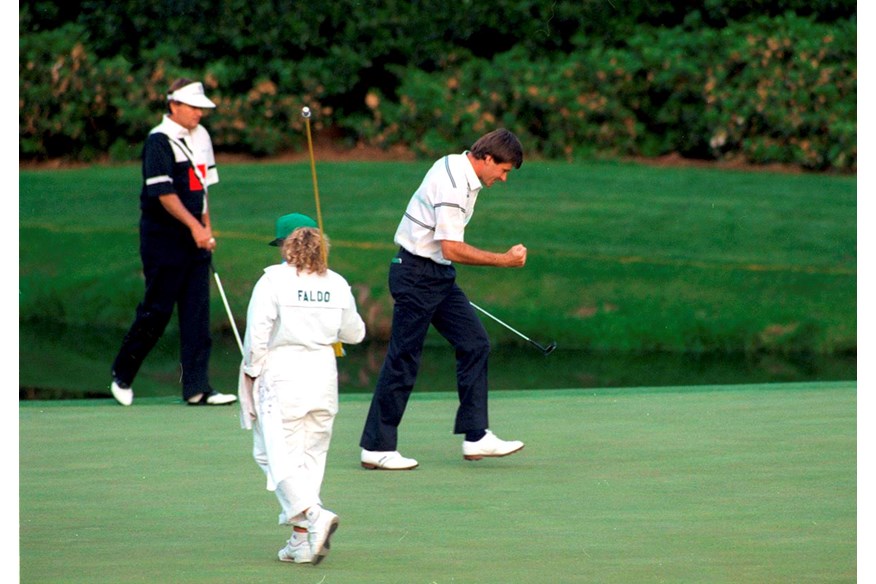
Has anyone come close to breaking the curse?
Raymond Floyd came closest. The 1976 Masters champ won the Par 3 Contest in 1990 and found himself four shots clear with six holes to play in the main tournament, putting him on course to become the oldest Masters winner in history at 47 years of age – and to finally break the Par 3 Curse.
Nick Faldo had other ideas, though. The Englishmen mounted a late charge to tie before beating Floyd in a playoff, becoming only the second man in history to win back-to-back Masters.
How to avoid the Masters Par 3 Curse
Nowadays, many players choose not to post a score in the Par 3 Contest. Many still play, but let their caddie or a family member hit a few shots. Doing so officially disqualifies them from the tournament, but it’s all seen as part of the fun and means they get to take part without worrying about the curse. Some of the Masters field will opt to swerve the contest entirely.
Those who are brave enough to triumph at the Par 3 Contest have not tended to fare well in the main event in recent years:
- 2024: Rickie Fowler won the Par 3 Contest… finished T30 at The Masters.
- 2023: Tom Hoge won the Par 3 Contest… missed the cut at The Masters.
- 2022: Mackenzie Hughes and Mike Weir shared Par 3 Contest honors; Hughes finished T50 and Weir missed the cut in the main tournament.
- 2021: No Par 3 Contest due to COVID
- 2020: No Par 3 Contest due to COVID
- 2019: Matt Wallace won the Par 3 Contest… missed the cut at The Masters.
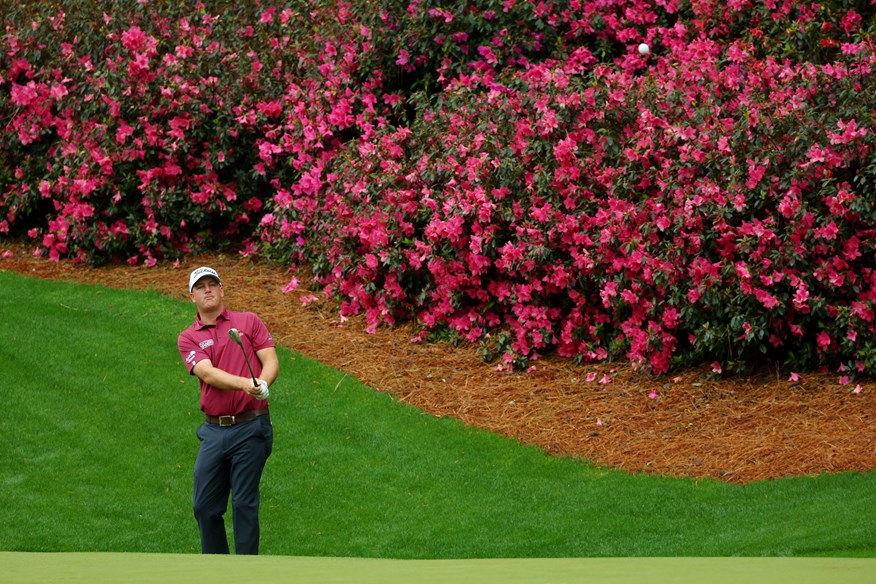
You have to go back to 2012 to find a player who won the Par 3 Contest and went on to finish in the top-10 at The Masters. Padraig Harrington shared Par 3 honors with Jonathan Byrd that year and went on to finish T8 in the main event. Luke Donald won the Par 3 Contest the year before and finished T4 in The Masters.
So, as another Masters Par 3 Contest approaches, the question remains: Will anyone ever manage to break the curse?
READ NEXT: 2025 Masters field
